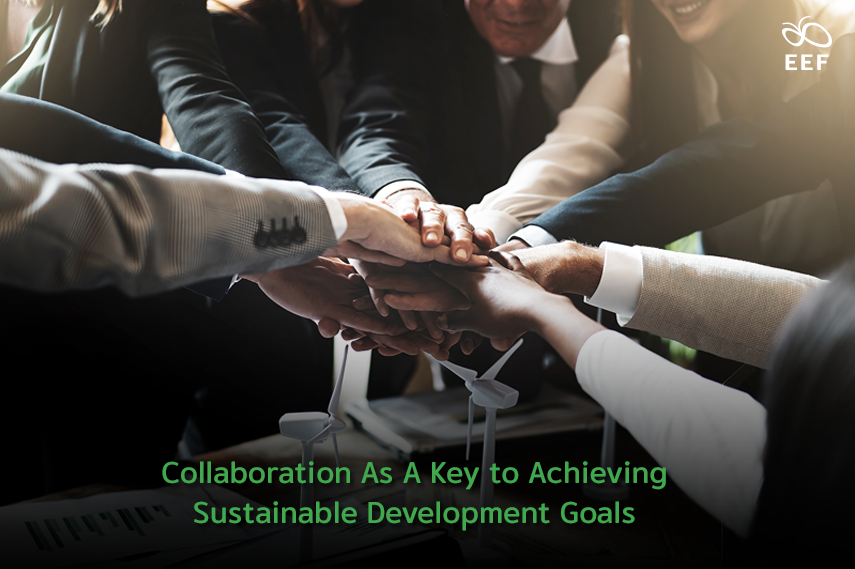
A set of shared goals and targets for achieving sustainable development worldwide was established in 2015 and the development community has since been excited and energized. However, there is still some trepidation, considering the fact that the aims are high and the challenges are vast, not to mention the fact that it is moving targets that we are facing. The Fourth Industrial Revolution, primarily driven by rapid technological advancements, will undoubtedly bring about new developments, benefits, and opportunities, but its impact on the world poorest could be disastrous. We will have a harder time achieving the already challenging targets we have set for ourselves.
Although the exact course of events is still unknown, one thing is certain: No one sector — be it public, private, or civil society — will be able to manage the impending economic and social transformation heralded by the Fourth Industrial Revolution on their own due to its scale, scope, and complexity. This will have a profound — or more precisely, detrimental — impact on economic, social, environmental, cultural, and political life, and to turn the tables on it, closing education gaps between genders in the world’s poorest countries and addressing youth unemployment in developing countries are among the top priorities when it comes to achieving the Sustainable Development Goals or SDGs.
On the one hand, studies have shown that investing in girls and gender equality can directly impact economic growth; Closing the education gaps between girls and boys would increase lifetime earnings by an amount roughly equivalent to a 1.5% increase in annual GDP growth rates. On the other hand, up to two-thirds of the youth population, aged 15 to 24 are either unemployed or in irregular employment, and the situation is only expected to deteriorate further due to the changing global economy, which may contribute to social unrest and political instability. Nevertheless, with this reality, there also lies an opportunity; Two of the world’s most pressing problems can be solved once governments and organizations are able to tap into the tremendous power and resourcefulness of young people.
While it is true that each sector has a valuable role to play, real transformation only occurs when various sectors work together towards shared values. These cross-sector collaborations may culminate in the creation of innovative working methods, the mobilization of difficult-to-reach resources and expertise, and the establishment of shared accountability, all of which are essential to realizing the large-scale and long-lasting impact we need to see. In an increasingly complicated world, we are going to need some alliances that unite various sectors.
With the complexities becoming more obvious, the interdependencies more pronounced, and subsequently the boundaries between sectors more blurred, suffice it to say that collaboration — which extends much beyond just taking advantage of one another’s resources and capabilities — is key to accomplishing the SDGs — and will only grow even more important in the years to come. The sectors need to be more adept at finding common grounds, and partnership models long-lasting, scalable, transformative, and conducive to advancing shared values, which predominantly comprise Social Value, with an increase in educational opportunities and employment options for youth leading the pack, and Financial Value, with capacity building through leveraging partners’ skills and areas of expertise ranking high on the list of priorities.

The Equitable Education Alliance (EEA) was consequently founded by the Equitable Education Fund (EEF) of Thailand. The alliance, at its core, is built upon trust and solid partnership, with decisive actions toward the success of All for Education; It seeks to advance equitable education and see to it that it becomes a reality through forming a community of practitioners, policymakers, and other related equitable education agencies, exploring collaboration opportunities among them, and, most importantly, ensuring that the lessons learned through collaboration models — both successful and unsuccessful — are shared and broadly disseminated. For this to be possible, the sectors need to be open-minded about working together and not be afraid to take risks in collaborating in novel ways, for only by sharing information, resources, activities, and capabilities can we accomplish things collectively that we could never accomplish individually.
Source:

